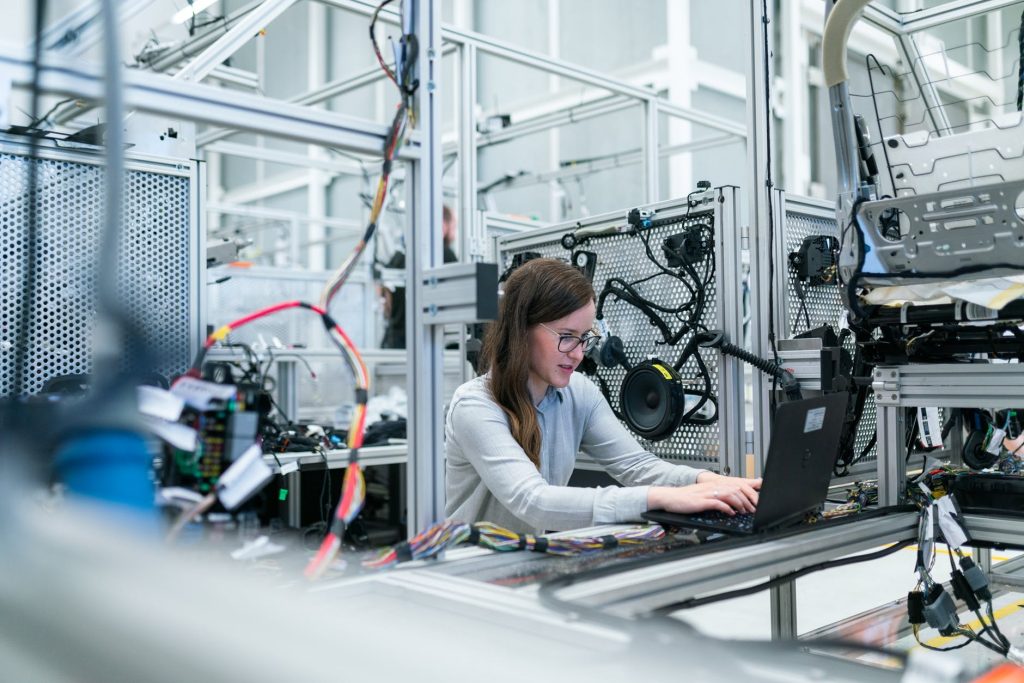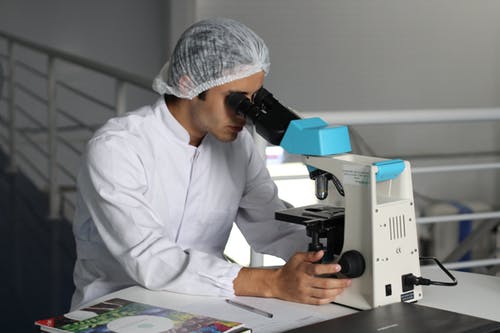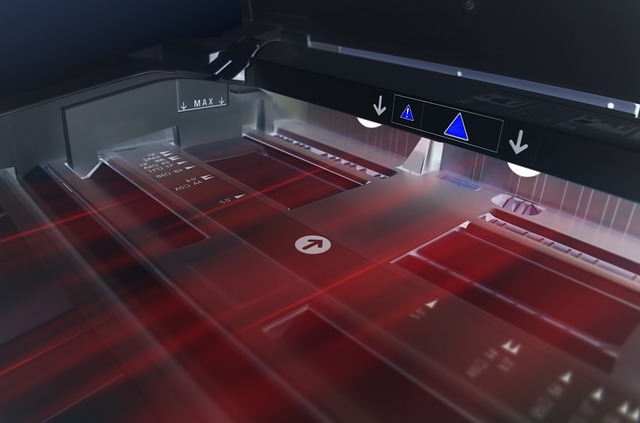Various innovations and the sustained growth of the 3D printing service Melbourne industry is offering the many different sectors a manifold of new, groundbreaking perspectives. We have seen this kind of boon take place in various consumer goods and industrial goods, and chances are high also that if you are keeping a watchful eye on the latest trends in additive manufacturing, you might have heard that it is also advantageous in more ways than one in the aeronautics industry.
Additive manufacturing in the aeronautics space is fast becoming paramount to its manufacturing techniques, improving along with its various production and prototyping processes. We need to delve deeper into this subject and in doing so understand along the way how the 3D printing Australian industry has become a substantial part of this sector.
Enhancement of Production Processes
3D printing or otherwise known in the business world as additive manufacturing is seen by many as an amazing prototyping technique. It allows you to make room for many iterations and by that measure you’d be able to develop your product much faster, even helping you minimize your costs.
In the aeronautics sphere, 3-dimensional printing is fast becoming a substantial technique in the production process. And this technology is used not just in one application but at different phases during the production of parts and components.
The Use of Metal 3D Printing
In the aeronautics sphere, metals are considered the most utilized material, with almost 61% are taking good advantage of it and around 54% are into the use of plastics. A handful of parts and components are made using plastic materials since they are far cheaper and more adaptable to many different kinds of projects.
Some materials utilized as “ink” for 3-dimensional printing offer greater convenience when they are used for rapid prototyping. For instance, it is far more challenging to produce a prototype for a product when a plastic material is used for this purpose. But since the aeronautics industry is making use of additive manufacturing technology mainly for the production of parts and components, particularly for technical and resistant parts, utilizing metal appears to give the impression that it is the most practical solution there is for this sector, where quality and safety are the main priorities.

What Are They Printing?
The technology of 3-dimensional printing is very promising as far as the future of the aeronautics industry is concerned. For an industry highlighted by the strong demand to build tougher devices, most of us wonder what exactly the people behind this space need to print in 3D?
Here are some examples.
Parts of an Aircraft
3-dimensional printing allows for the convenient and seamless creation of aircraft parts. The Emirates Airlines company, for example, had utilized the Selective Laser Sintering technique in building their monitoring projects and aircraft ventilation grills. It seems like a very good solution when it comes to creating various customized components for aircraft since this technology makes room for mass-customization.
3D Printed Turbines
Metal 3D printer machines allow the manufacturing of technical parts like turbines. These turbines usually come with complex geometries, and the only that they can be manufactured is the use of additive manufacturing printing technology. Such technology is making use of the nickel alloy in printing these kinds of components. The new 3D printed material must be lightweight, but at the same time, they need to be durable and resistant to high-temperature levels and force.
If you are involved in the aeronautics sphere and are looking for new and innovative, state-of-the-art production techniques, you might want to consider what 3D printing service Melbourne industry can offer to you.



